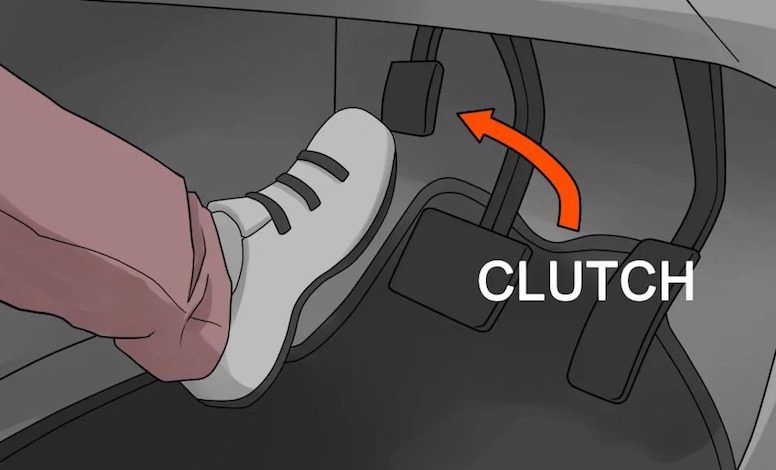
For some drivers, shifting a manual transmission is second nature. Others prefer to rely on automatic transmissions. Drivers of automatic vehicles don’t have to worry about developing bad shifting habits that can cause a slipping clutch or other clutch problems. However, a bad clutch can be the result of poor habits in hilly or heavily congested areas.
So if you think your clutch is slipping, how can you be sure? Watch for the following:
Car Hesitates Before Accelerating: This means that the clutch is likely not delivering enough of a boost to the drive wheels via the transmission. You might also find that if you’re pulling a load, you don’t have quite the power that you need. This hesitation can be a sign of a slipping clutch.
A Burning Smell: If you think you smell something burning under the hood, it could be leaking oil, or damaged wiring. Or, it could mean you have a bad clutch.
Clutch Disengages Too Quickly: If you push down on the clutch pedal, and it doesn’t take much to disengage it, then it’s probably slipping.
RPMs Are Too High: Often, you can diagnose clutch problems in a manual transmission by hitting the road. See if your engine needs more RPMs than usual to reach a certain speed. This is another indication that your clutch needs to be replaced. You can also check it out in a parking lot. Stop the vehicle but leave the engine running, and then put the car in second or third gear. Let the clutch out. If the car doesn’t stall, the RPMs go up, and the vehicle remains in place, you have a slipping clutch.
These are four of the most common signs of a slipping clutch. A qualified mechanic can confirm if this is the problem and then take steps to correct it.








